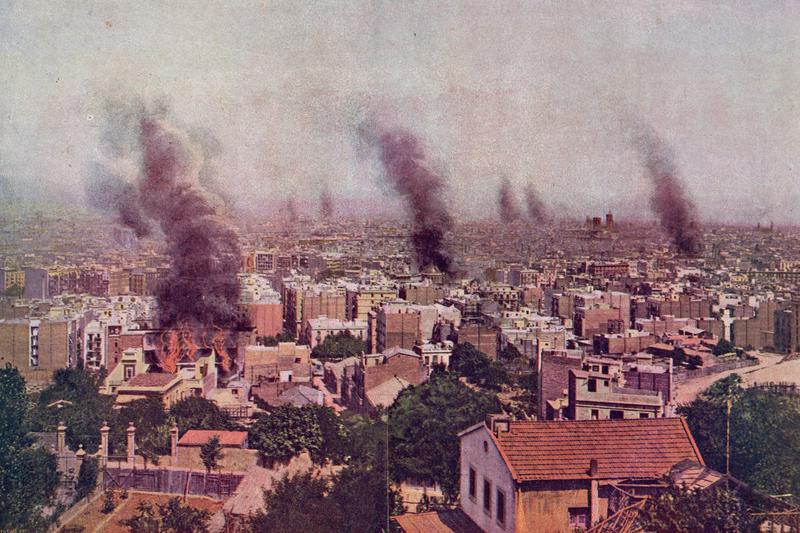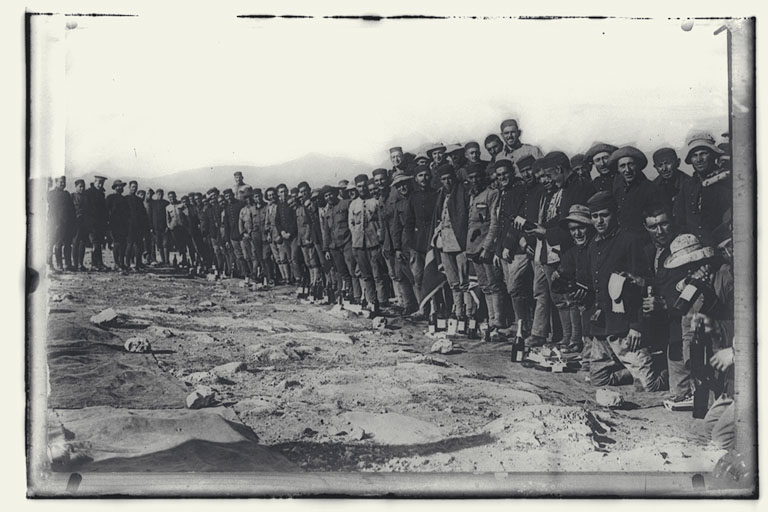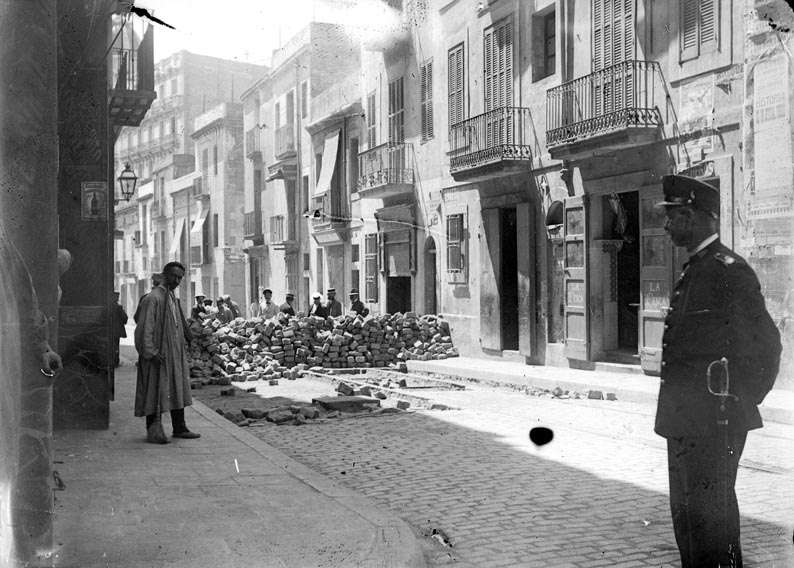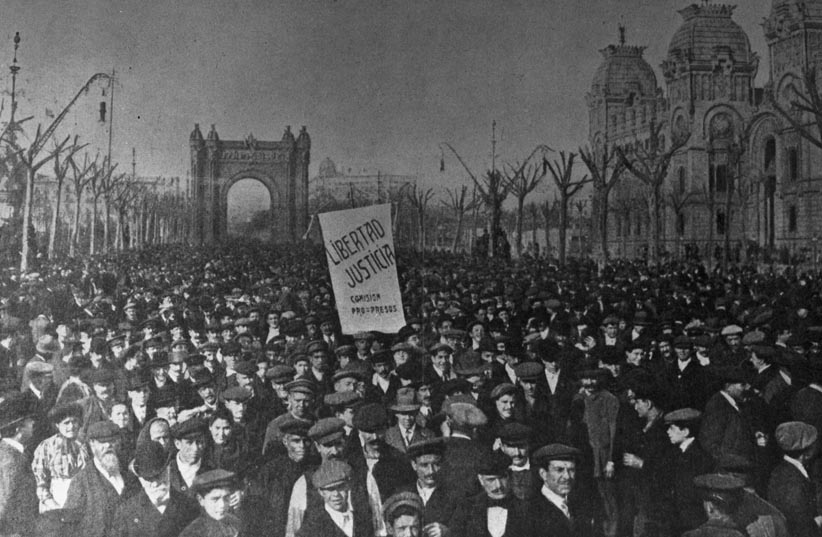Setmana Tràgica: The week Barcelona burned with revolution and became the 'Rose of Fire'
Conscription for 1909 imperial war sparked major uprising in Catalan capital which has had a lasting legacy

Smoke filled the skies of Barcelona as scores of churches were set ablaze. This historic image of the Catalan capital was taken during the Setmana Tràgica, or 'Tragic Week', an anti-war and anti-clerical uprising that took place in the last week of July 1909.
Although much less known than other conflicts seen in the decades afterward, it was the first big revolt of the 20th century in Barcelona, and a prelude to many other strikes, revolutions, and tension.
How it started
Catalonia was undergoing rapid industrialization in the early years of the 20th century, leading to poor working conditions and widespread discontent among a rapidly growing working class.
Inequality between the wealthy industrial bourgeoisie and the struggling impoverished workers fueled the rise of support for anarchism and socialism. There was also much dissatisfaction with the church, which was seen as an ally of the ruling class.
Although it was not a separatist movement, there was a rise in Catalan nationalism during this period, with increasing demands for regional autonomy and cultural recognition.
Moroccan war draft
At the time, Spain was engaged in a colonial war with Morocco in the northern Rif region.
In need of additional soldiers, the Spanish government called up some 40,000 reserves, the majority of whom Catalan.
Catalans were particularly sensitive to the consequences of colonial wars. Previous conflicts in the Philippines, Cuba, and Puerto Rico had resulted in many Catalans either not returning or returning injured.
This fostered strong anti-militarist and anti-colonial sentiments, and the heavy conscription of Catalan soldiers was perceived as a significant injustice.
This feeling of injustice was exacerbated by the fact that wealthy families could buy their way out of military service, a privilege not available to the majority.

In addition, many wealthy Catalan families, such as the prominent Güell family, had investments in the Rif iron mines and profited from transporting soldiers to Morocco.
The poor felt they were being forced into a war they did not want, one that seemed to benefit only the rich.
The discontent was evident in protests the week before the outbreak of the Tragic Week, during the first troop deployments.
"Down with the war! Let the rich go! All or none!" protesters shouted at the port of Barcelona days before the uprising.
Violence and fires
On Monday, July 26, workers throughout Catalonia staged a general strike against the war which won widespread support except from tram workers.
Serious clashes erupted as strikers attempted to shut down tram services, leading to the first incidents of violence and prompting the government to declare martial law.
Barcelona became isolated, with barricades erected throughout the city and the population effectively taking over.

Although the strike was initially planned, it quickly escalated into an unplanned uprising with no political party in control.
Protesters began setting fire to churches and convents, burning some 80 religious buildings, killing three priests, and exhuming and parading the bodies of some nuns.
The government labeled the uprising as ‘separatist’ to contain its spread, which resulted in a lack of outside support from other parts of Spain.
As new military forces arrived to control it, the uprising began to lose momentum by Thursday, and by Monday, August 2, normalcy was beginning to be restored.

Dozens killed and thousands arrested
The conflict resulted in between 75 and 100 deaths, hundreds of injuries, and 112 buildings burned; 80 of which were religious.
The government launched a harsh crackdown after the conflict, arresting thousands of people, 59 of whom were sentenced to life in prison and five to death.
Among those executed was the well-known educator and anarchist Francesc Ferrer i Guàrdia, sparking international outrage and protests.

As a result of the events of the Tragic Week, Barcelona earned the nickname 'Rosa de Foc', the Rose of Fire, in reference to its revolutionary spirit.
This nickname would forever mark Barcelona as one of the world's most important cities of revolutions.
To learn more about the Tragic Week of 1909, have a listen to this episode of our podcast Filling the Sink.